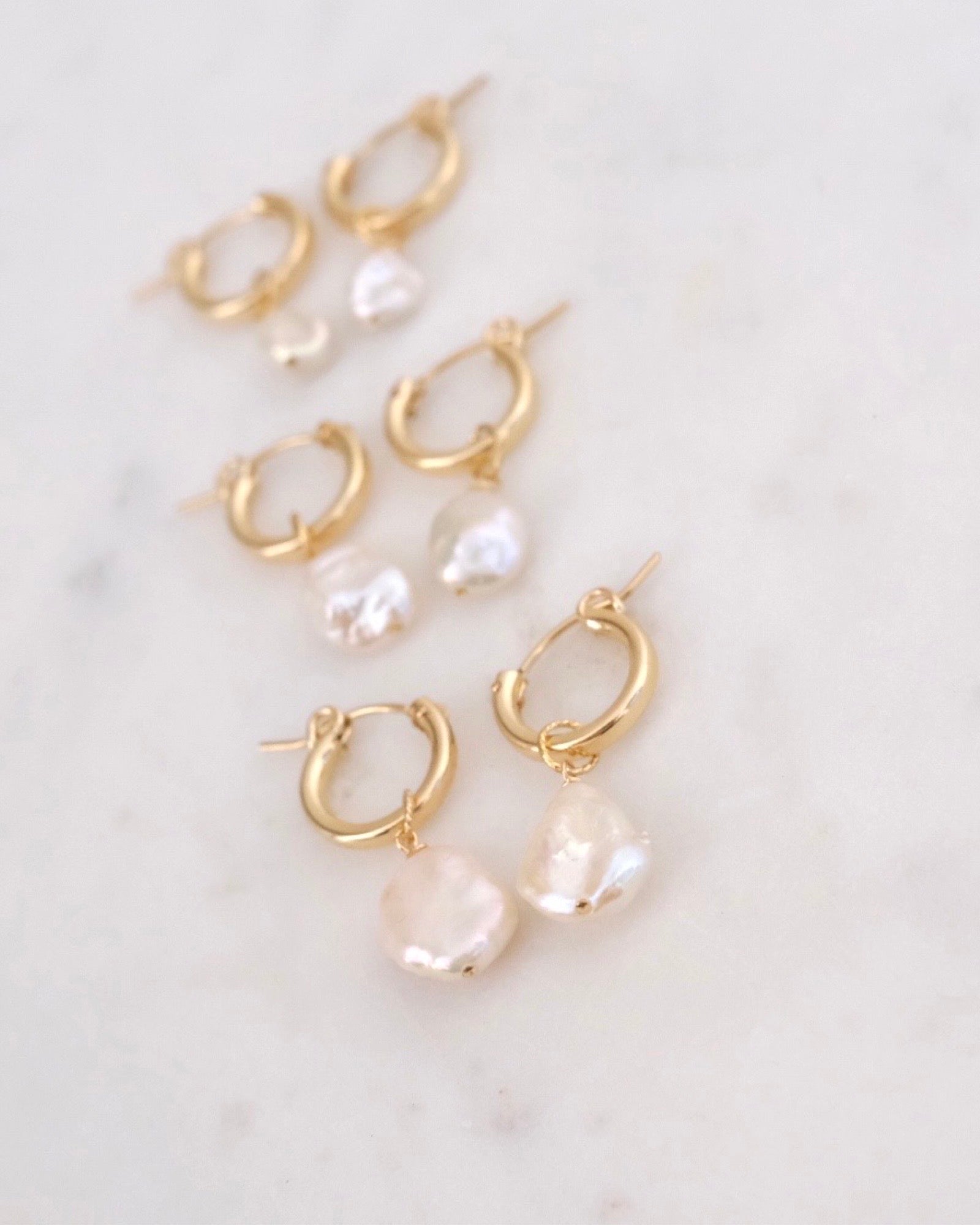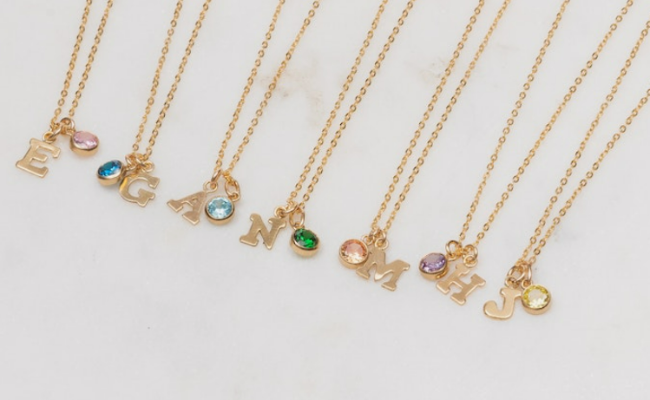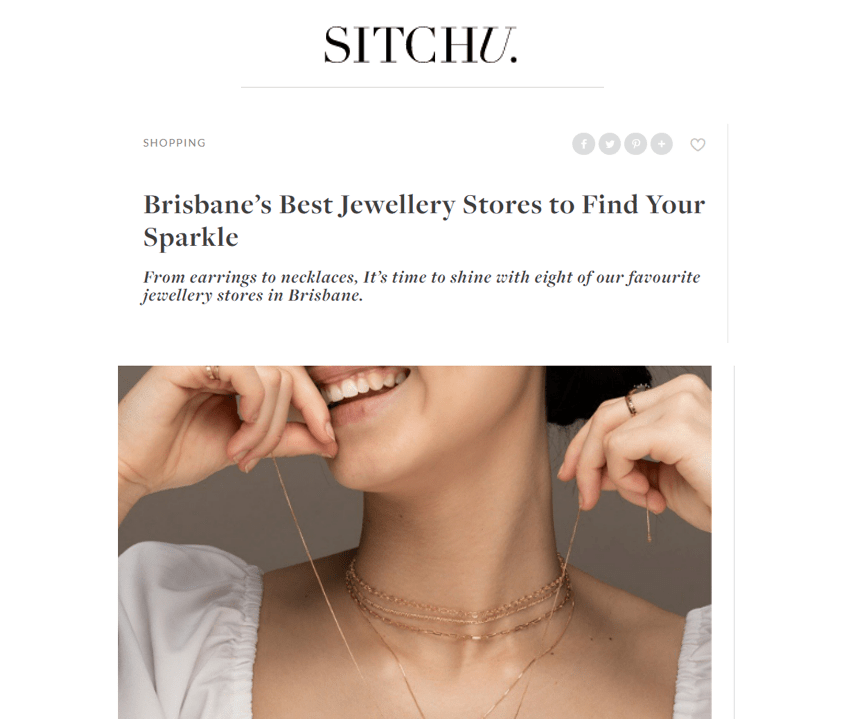
What are Keshi Pearl, Freshwater Pearl and Shell Pearl?
Keshi Pearl
Keshi pearls are a form of baroque pearls known for their unique shape and shine. Because these pearls don't have a nucleus, they grow into different shapes. The word "Keshi" means "poppies" in Japanese. This Keshi word comes from there. It's important to understand that Keshi pearls are a pearl form, not a pearl genus. Keshi pearls come in all standard shapes and colors, like Freshwater, Akoya, Tahitian, etc. Keshi pearls are unique baroque pearls with interesting shapes. They don't have any bead cores and are made of solid nacre. This gives them a beautiful glow and a glittering look. Also, most Keshi pearls come in small sizes. They grow in a variety of shapes because their growth isn't very controlled. This contains round, oval, plain, thin, long, and irregularly shaped.

Keshi pearls can grow organically in saltwater oysters. But because of new ways to produce pearls, it's getting harder to find genuine Keshi pearls. The size of a Keshi can be anywhere from 2mm to 10mm. These gorgeous diamonds are just stunning. It's pleasant to wear these because they are really luminous. Extra-large Keshi pearls that are both highly reflective and orientated are pretty rare. Actually, Keshi is extremely popular and considered a type of baroque pearl. They're stunning, unique, and lightweight, unlike bead-nucleated classical pearls. Mostly high-end jewelry makers used only completely round Keshi pearls.

This kind of pearl also has a lot of shine. They maintain their beauty throughout time and have the luster and sparkle of other kinds of priceless stones. Most of the time, they shine even more than precious stones. They were initially worn with honor by Arabian queens and were called "the pearls of the mermaids." There's a wide range of sizes, styles, and colors to choose from. They typically have a baroque shape because they develop without a nucleus. The round Keshi pearl is a rare and valuable stone. But you can also get oval, flat, rice, or semi-round shapes. If you appreciate the elegance of pearls and prefer standout jewelry, you will adore these rare Keshi stones.
Freshwater Pearl
When it comes to pearls, freshwater pearls are the most reasonably priced option. It's a great starting point for anyone interested in pearl jewelry. Also, freshwater pearls are sometimes called "fashionable" pearls. They come in many different colors and shapes. It's used in present jewelry and styles. You may be curious how this pearl kind varies from others and if it's perfect for you. Mussels make freshwater pearls in lakes, rivers, and reservoirs. The majority of freshwater pearls sold now come from Chinese rivers and lakes. Also, the United States and Japan have a small share of the global market. A single freshwater mussel can produce approximately 50 pearls.

According to a study, 95% of freshwater pearls are cultured. It means that rather than growing naturally, pearls are grown artificially in pearl farms. A qualified technician injects an irritant into the mussel to induce pearl production. Freshwater pearls have more colors than other pearls. This type of pearl typically has a white, creamy, or grey body color. It is also available in pastel colors like yellow, lavender, pink, and orange. The purest freshwater pearls will have pink, green, and blue undertones. In comparison, stones of lesser quality don't have any pleasing colors.
Freshwater pearls are most commonly seen in white, creamy, lavender, and black. Although the shape of a pearl is typically a perfect sphere, only around 5% of pearls are actually round. The remaining are available in many different shapes, such as button, semi-baroque, nearly round, and baroque. The majority of pearls are round or almost round. Also, around 35% are baroque or semi-baroque in shape. Because pearl farmers use a process called nucleation, round freshwater stones can be hard to find. When compared to other types of pearls, freshwater pearls have the maximum sizing range. It is usually between 2.0 mm and 15.0 mm. But sizes larger than 10,0 mm are much less common.

Freshwater pearls are very soft and smooth. For this reason, you should keep them in a location where other items won't scratch them. Freshwater pearls are quite versatile and complement any outfit. All standard pearl jewelry styles typically feature freshwater pearls. You can choose from freshwater pearl jewelry such as a necklace, bracelet or pendant, etc.
Shell Pearl
Shell pearls are made from mollusk shells. Mother-of-pearl, the name given to the shells' inner lining, is used to create shell pearls (MOP). Because of this, shell pearls are pretty interesting. Because they are composed of the same components as genuine pearls, despite being produced by humans. Mother-of-pearl is used to create the pearl. There are two types of shell beads/pearls available in the market. One type has coins, discs, and parts made from the shells of mollusks. The other type grinds, shapes, dyes, and coats the lining with real pearl nacre. The final step is a shiny, protective coating. Shell pearls are a less expensive option than farmed pearls.

It's available in many different colors. In contrast to genuine pearls, shell pearls can be found in various colors, including neon blue, hot pink, and mint green. Also, they can be dyed to mimic the pure tones of Akoya pearls. The darker colors of Tahitian pearls and the golden tint of South Sea pearls are also available. Because of this, they are frequently used in costume jewelry. Because of how they're made, shell pearls last longer than organic pearls. They don't change color or fade as easily and are harder to break. They are more durable than genuine pearls and can withstand chemicals, sweat, and skin oil exposure.




Leave a comment
This site is protected by hCaptcha and the hCaptcha Privacy Policy and Terms of Service apply.